How radio revolutionized 20th century life
Radio has been a transformative force in the world of communication and entertainment. It has connected people across great distances and played a pivotal role in shaping modern media.
From its humble beginnings to its pervasive presence today, radio continues to adapt and thrive, offering a personal and immediate connection that other forms of media struggle to replicate. Let’s dive into this fascinating journey and explore the impact radio has had over the decades.
The Birth of Radio: A Brief History
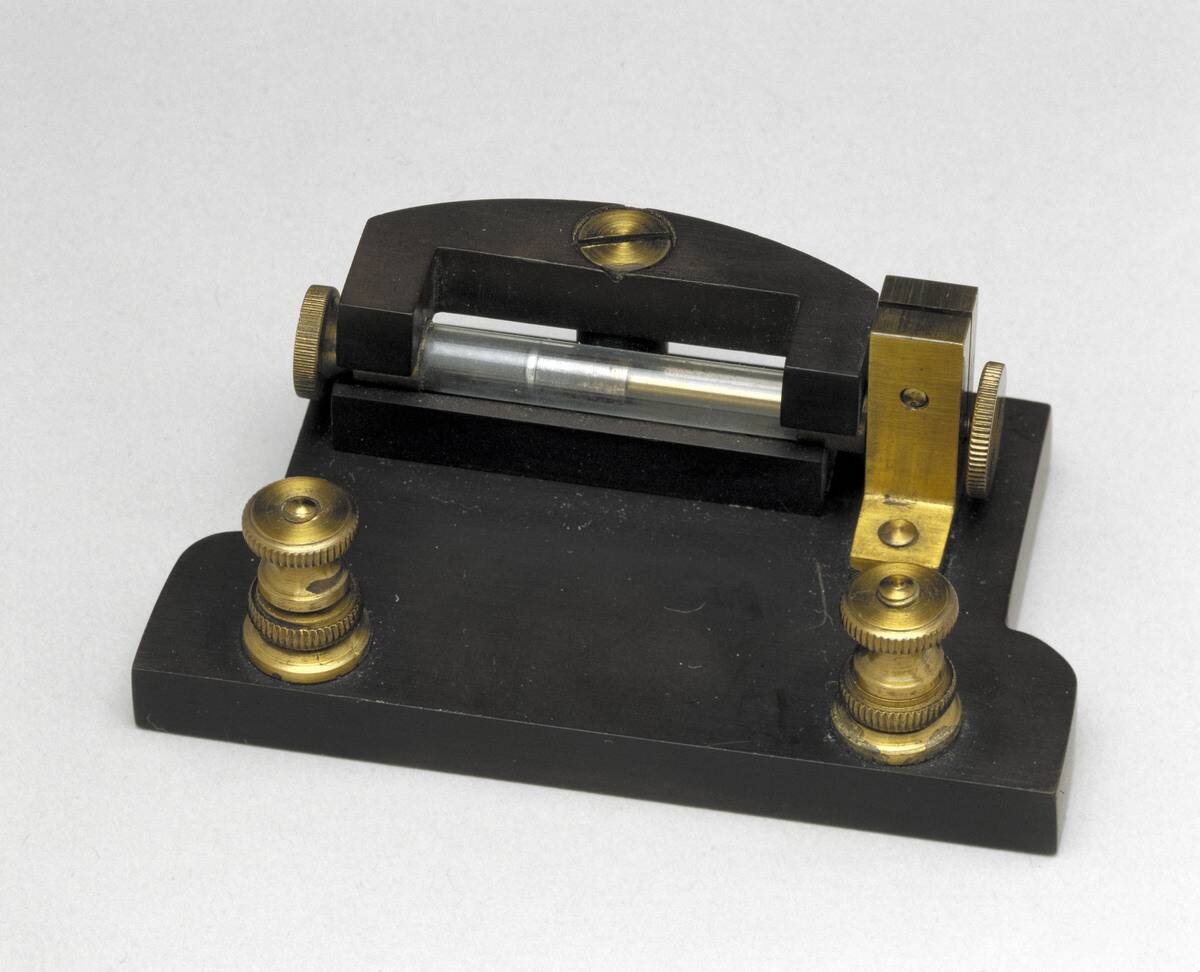
The origins of radio date back to the late 19th century when innovators like Nikola Tesla and Guglielmo Marconi began experimenting with wireless transmission. Marconi’s successful transatlantic radio signal in 1901 marked a significant breakthrough, proving that communication without wires was possible.
This innovation quickly captured the imagination of the world and set the stage for the radio revolution.
Early Radio Technology: From Spark Gap to Vacuum Tubes
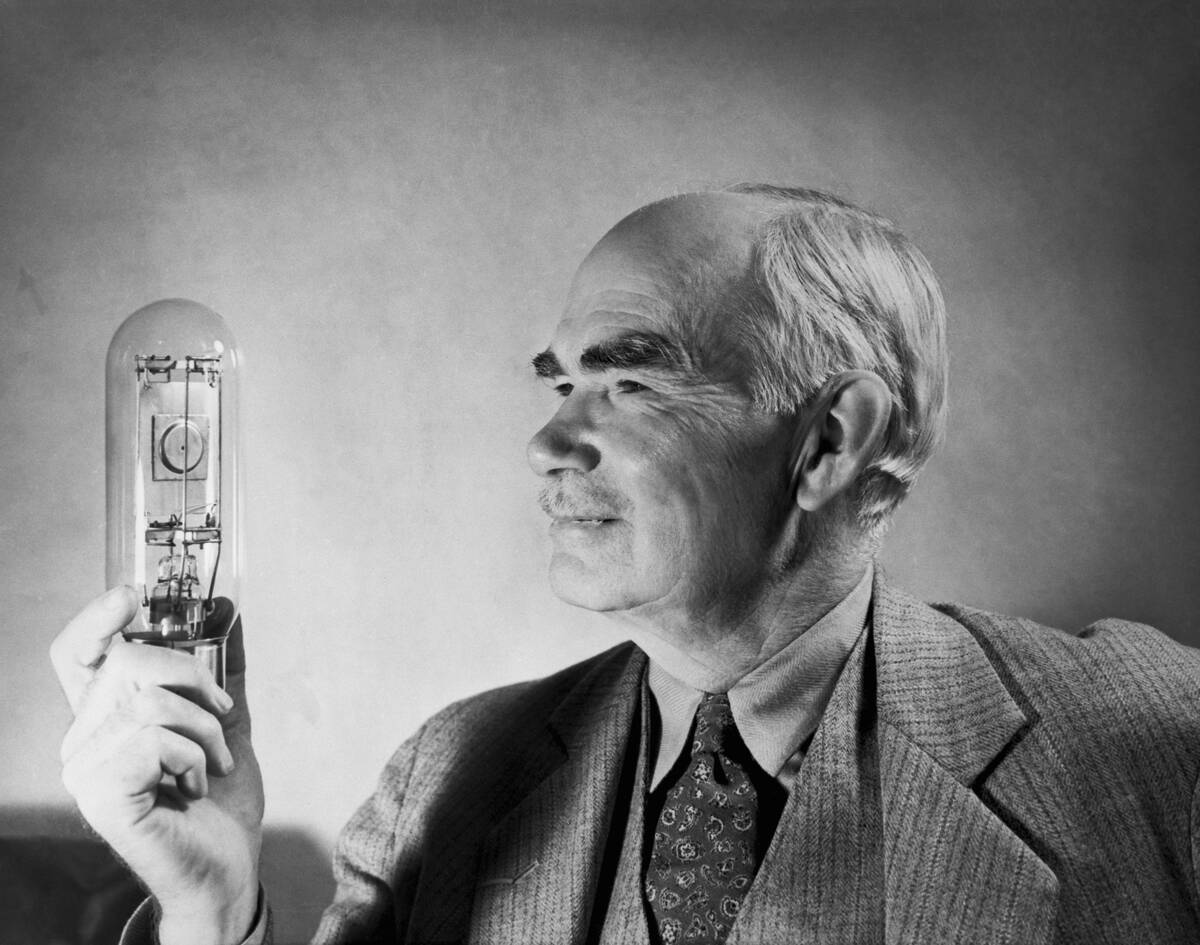
Early radio technology relied on spark gap transmitters, which were simple but noisy and inefficient. The development of vacuum tubes, particularly the triode, revolutionized radio by allowing for clearer and more reliable transmissions.
Invented by Lee De Forest in 1906, the Audion amplified weak signals, making long-distance communication more feasible. This advancement opened the door to the first regular radio broadcasts and a new era of audio entertainment.
The Roaring Twenties and the Rise of Radio Broadcasting
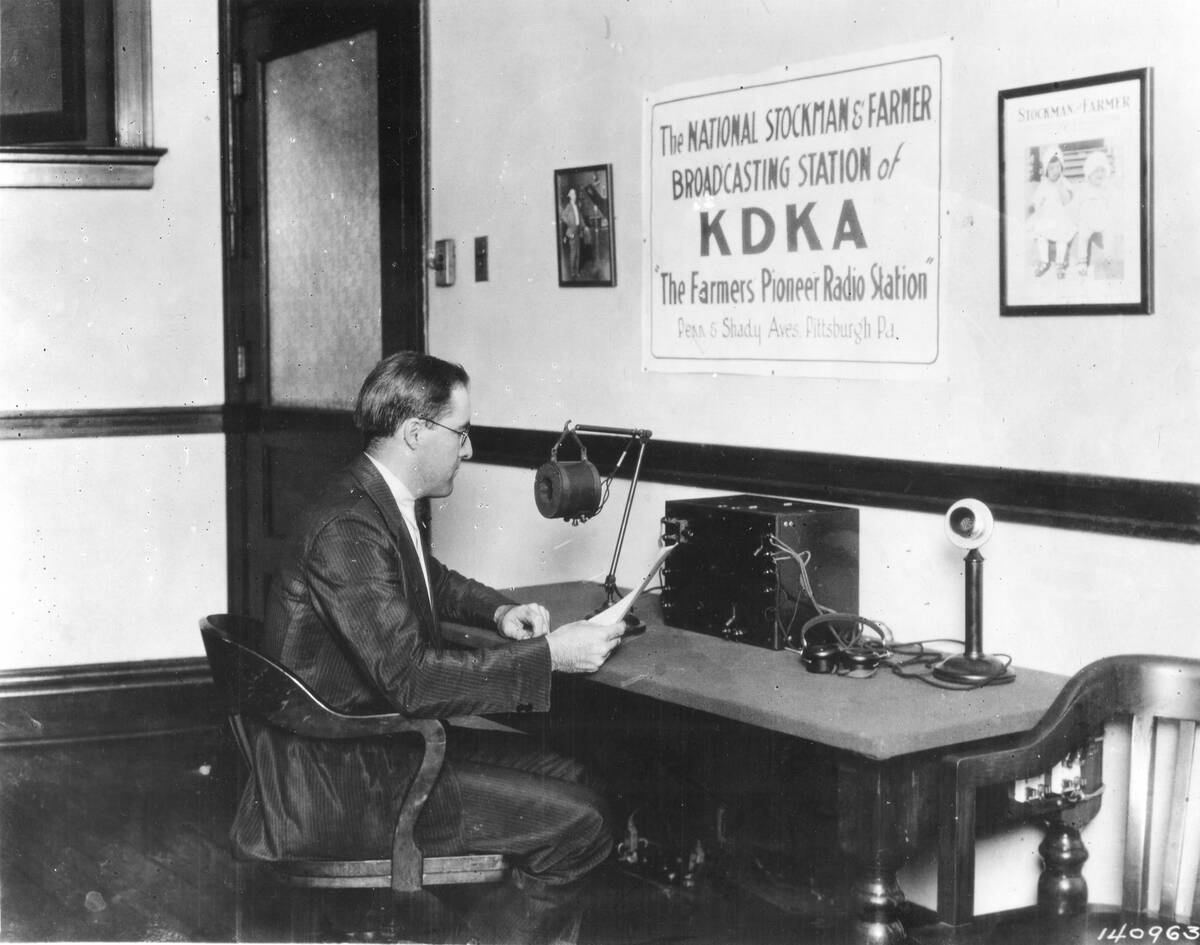
The 1920s saw the birth of commercial radio broadcasting, transforming radio into a household fixture. Stations like KDKA in Pittsburgh began airing regular programming, including news, music, and sports.
This era also witnessed the formation of major networks like NBC and CBS, which expanded radio’s reach. As new stations popped up across the country, radio became a source of entertainment and information, bringing the world into living rooms nationwide.
The Golden Age of Radio: Entertainment Takes Center Stage
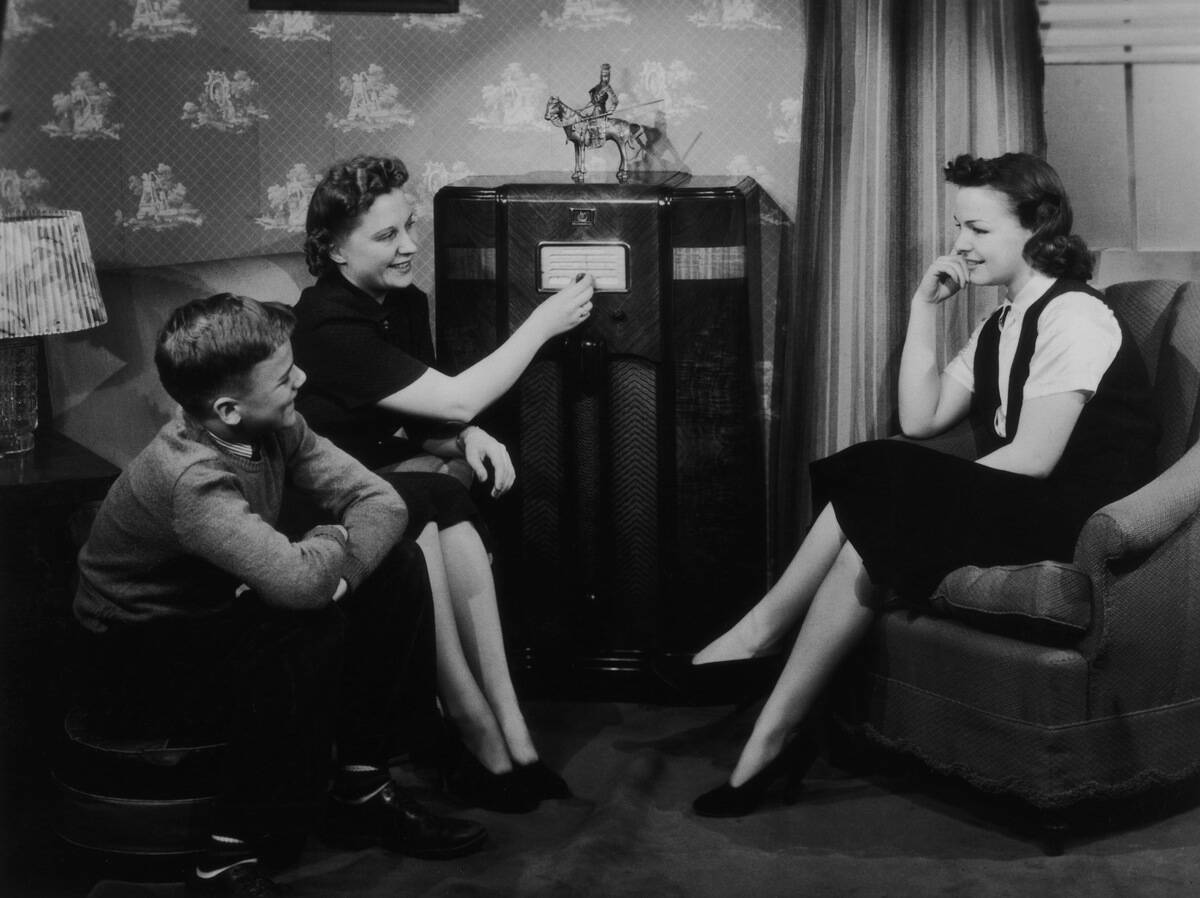
The 1930s and 1940s are often referred to as the Golden Age of Radio, a period when radio was the dominant medium for entertainment. Families gathered around their sets to listen to dramas, comedies, and variety shows.
Iconic programs like “The Shadow” and “War of the Worlds” captured the nation’s imagination. Radio stars became household names, and the medium’s influence on popular culture was profound, setting the stage for future entertainment industries.
Radio in the Great Depression: A Source of Comfort and Connection
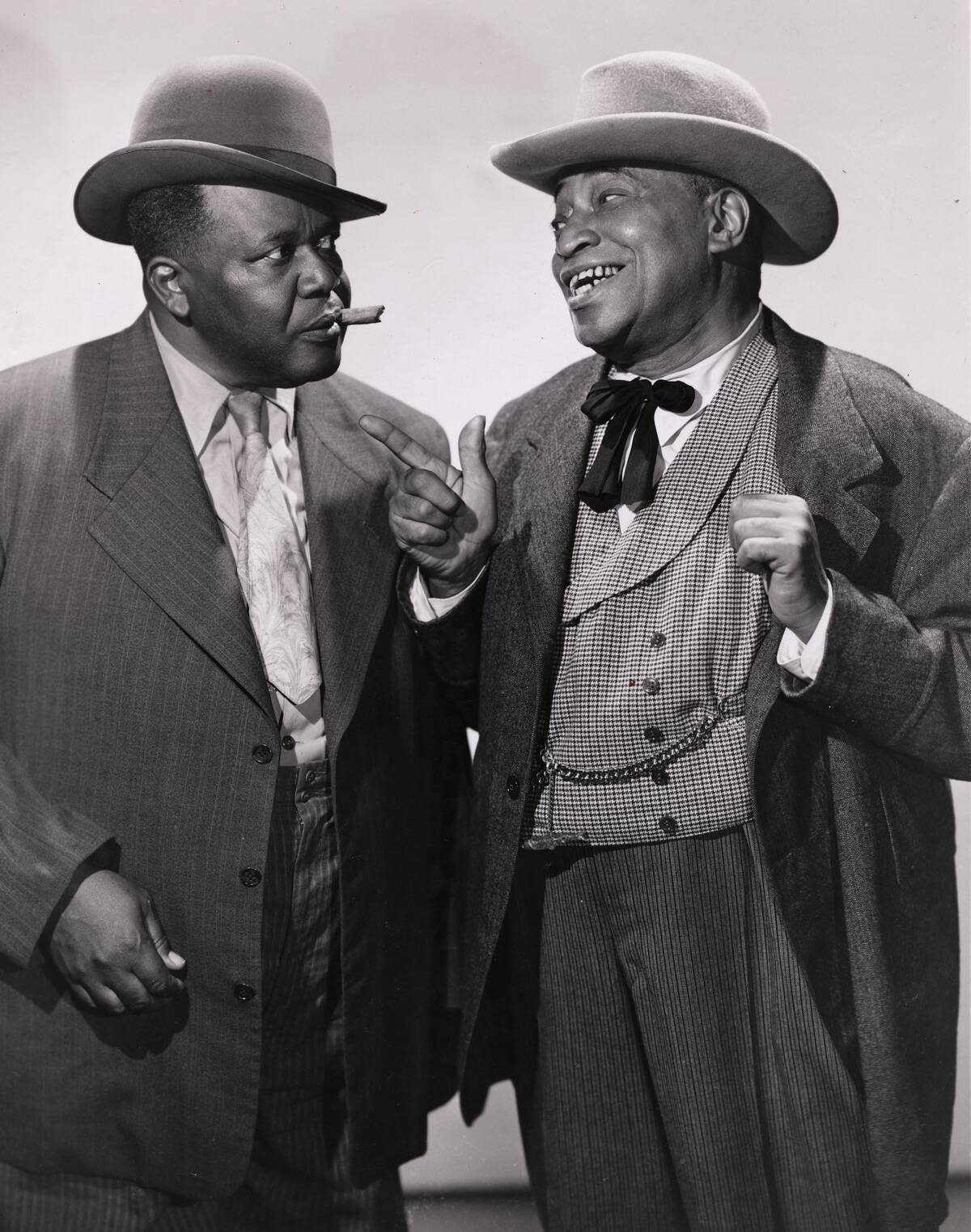
During the Great Depression, radio served as an essential source of comfort and connection for many families. As economic hardship gripped the nation, radio offered free entertainment and a sense of normalcy.
Shows like “Amos ‘n’ Andy” and “The Lone Ranger” provided escapism and laughter. President Franklin D. Roosevelt’s Fireside Chats used the medium to reassure and inform the public, showcasing radio’s unique ability to foster a personal connection between leaders and citizens.
Radio and Politics: Fireside Chats and Public Influence
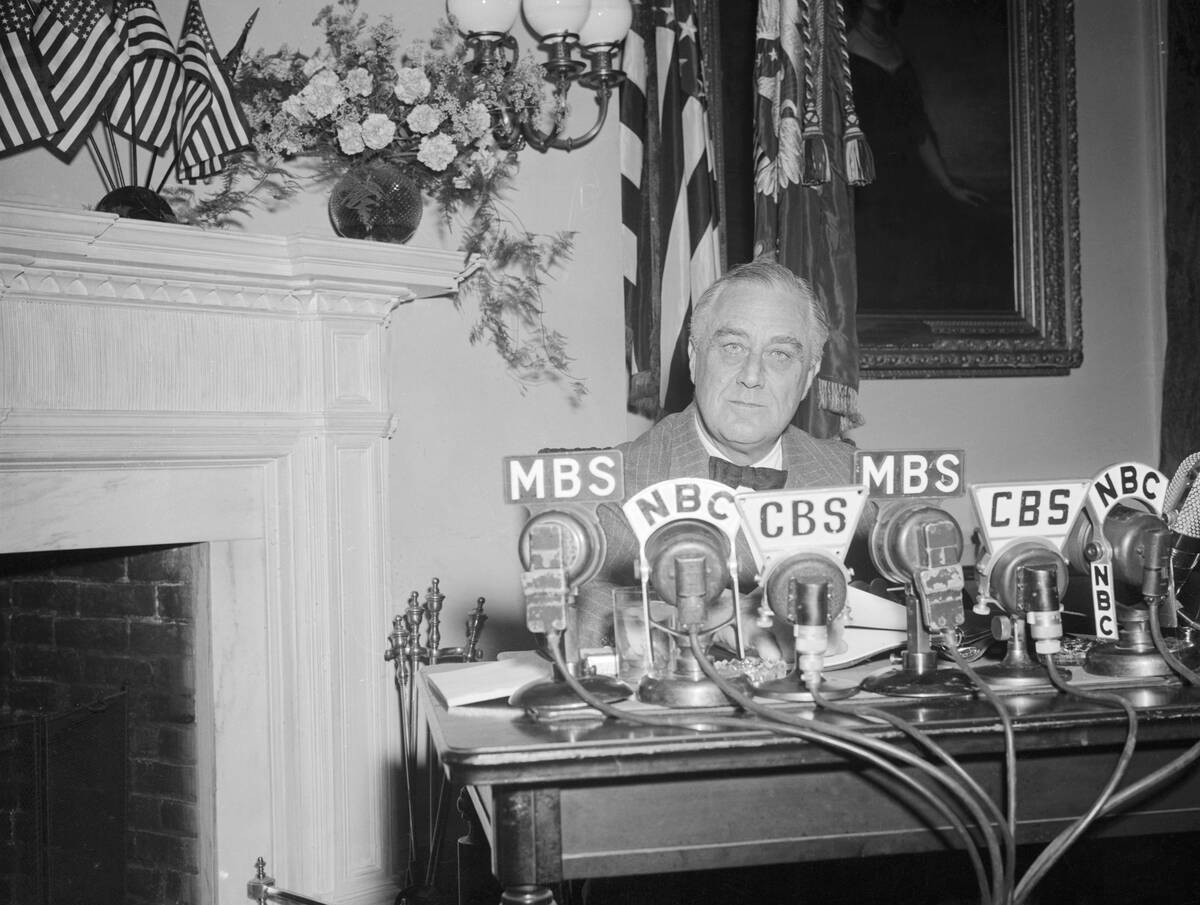
Radio became a powerful tool for political communication, exemplified by FDR’s Fireside Chats. These broadcasts allowed Roosevelt to articulate his policies directly to the American public, bypassing traditional media filters.
This direct line of communication helped build public support for New Deal policies and demonstrated radio’s potential to influence public opinion. As other politicians followed suit, radio became a crucial platform for political discourse and campaign strategies.
Radio’s Impact on Music: From Big Band to Rock ‘n’ Roll
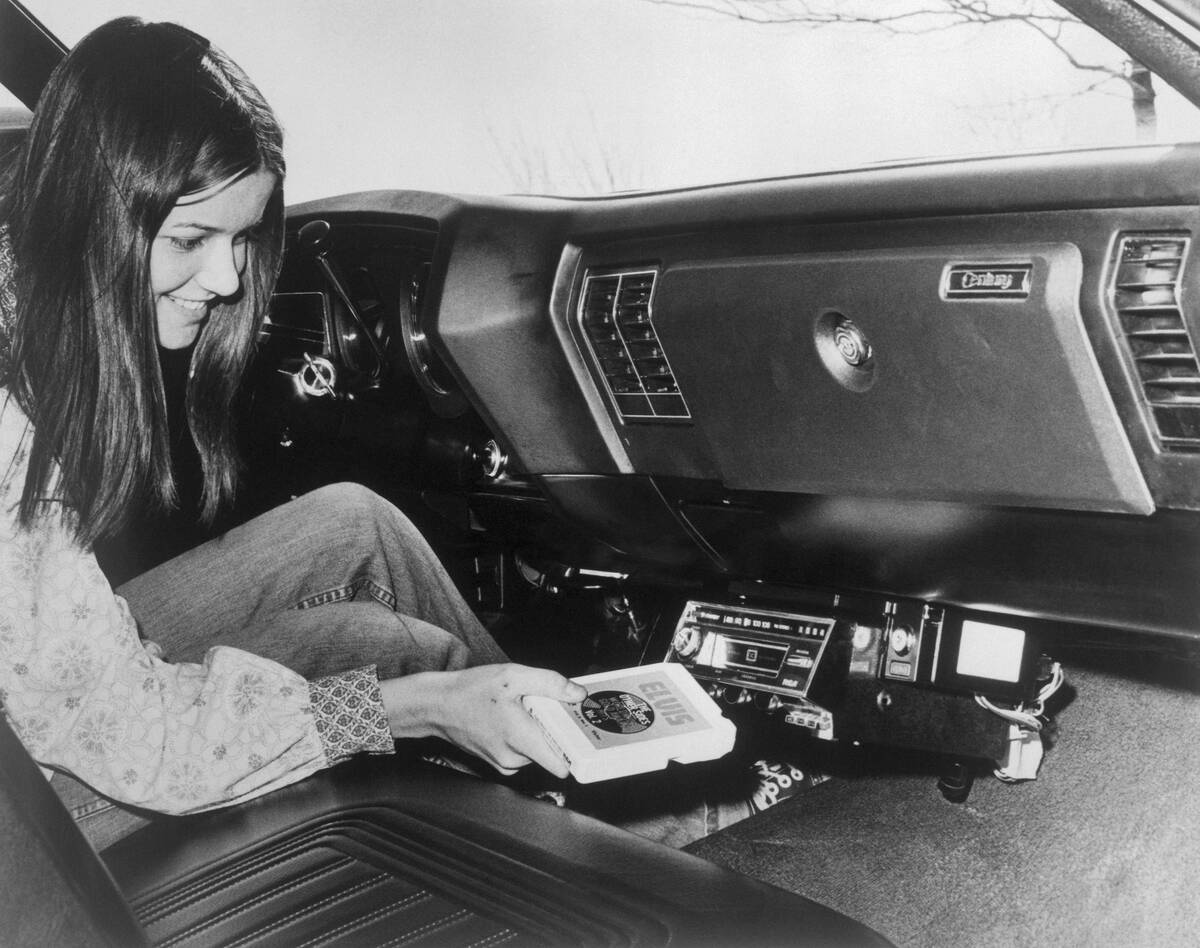
Radio fundamentally changed the music industry by introducing new artists and genres to a wide audience. It helped popularize big band music in the 1930s and 1940s, with orchestras like Glenn Miller’s reaching millions.
By the 1950s, radio stations were instrumental in the rise of rock ‘n’ roll, playing hits from artists like Elvis Presley and Chuck Berry. This exposure helped drive record sales and shaped musical tastes, making radio a key player in the music scene.
The Birth of Radio News: Instant Information for the Masses
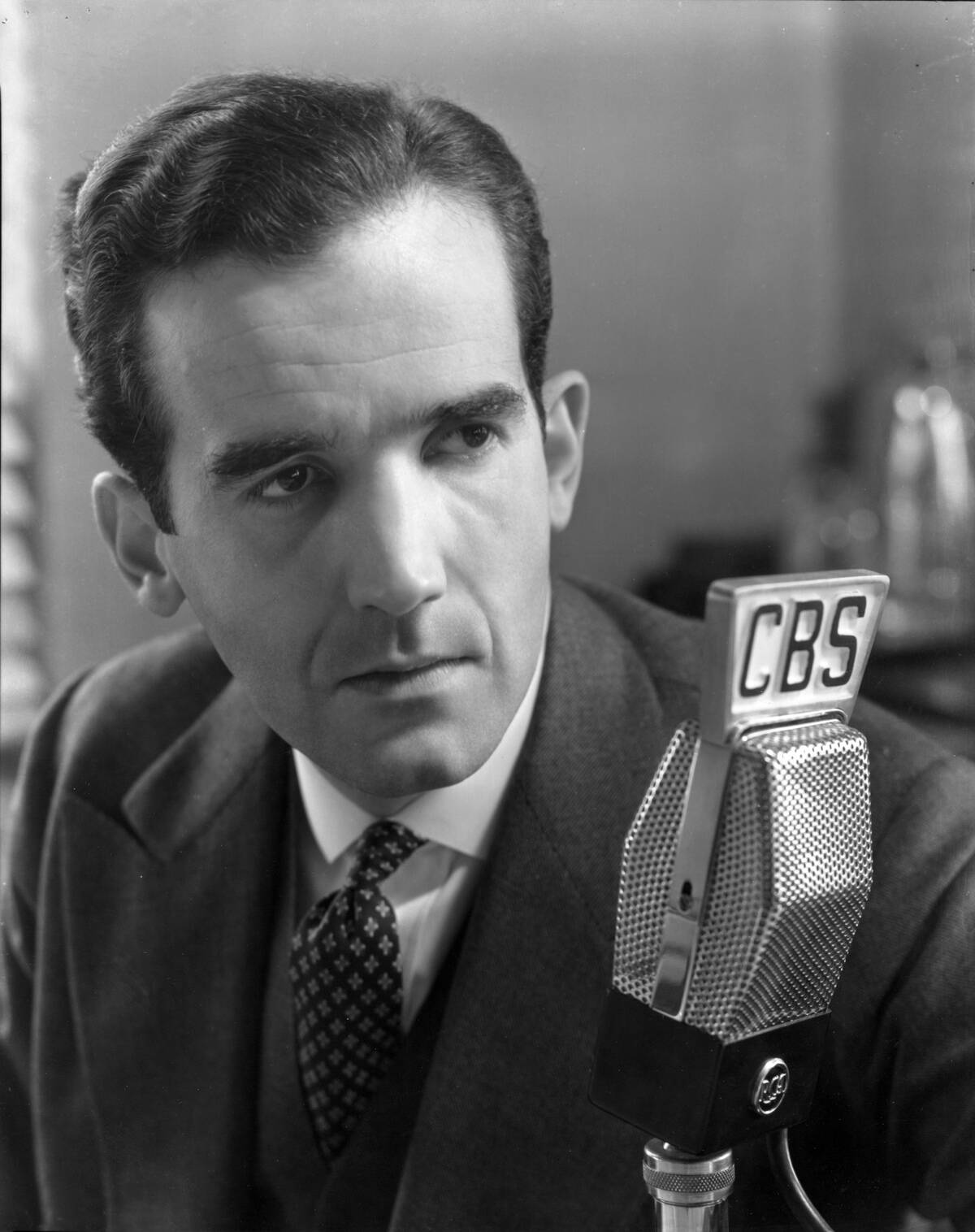
Radio news brought timely information to listeners in a way that newspapers could not match. The immediacy of radio allowed for live coverage of events, such as the Hindenburg disaster in 1937, which dramatically unfolded over the airwaves.
Pioneers like Edward R. Murrow set high standards for broadcast journalism during World War II, reporting from the front lines. Radio news redefined how the public received information, emphasizing speed and directness.
Radio in World War II: A Weapon of War and Hope
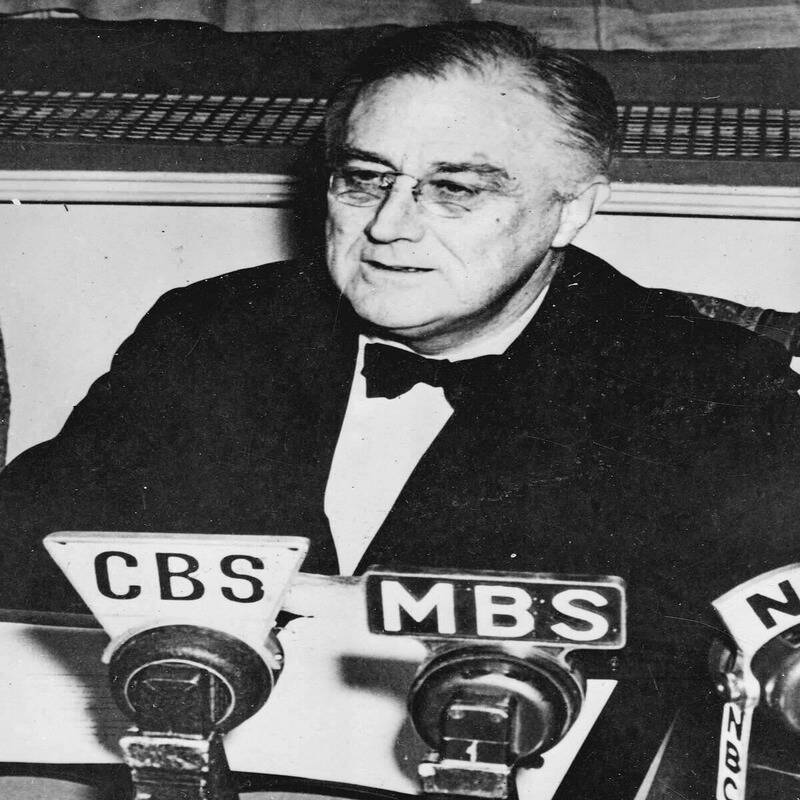
During World War II, radio served as both a propaganda tool and a source of hope. Nations used it to rally support, disseminate information, and spread morale-boosting messages. The BBC’s broadcasts to occupied Europe provided news and encouragement to resistance movements.
Meanwhile, soldiers and civilians tuned in for updates and entertainment, finding solace in familiar voices. Radio’s role during the war underscored its power to influence and uplift in times of crisis.
The Advent of FM: Better Sound, More Music
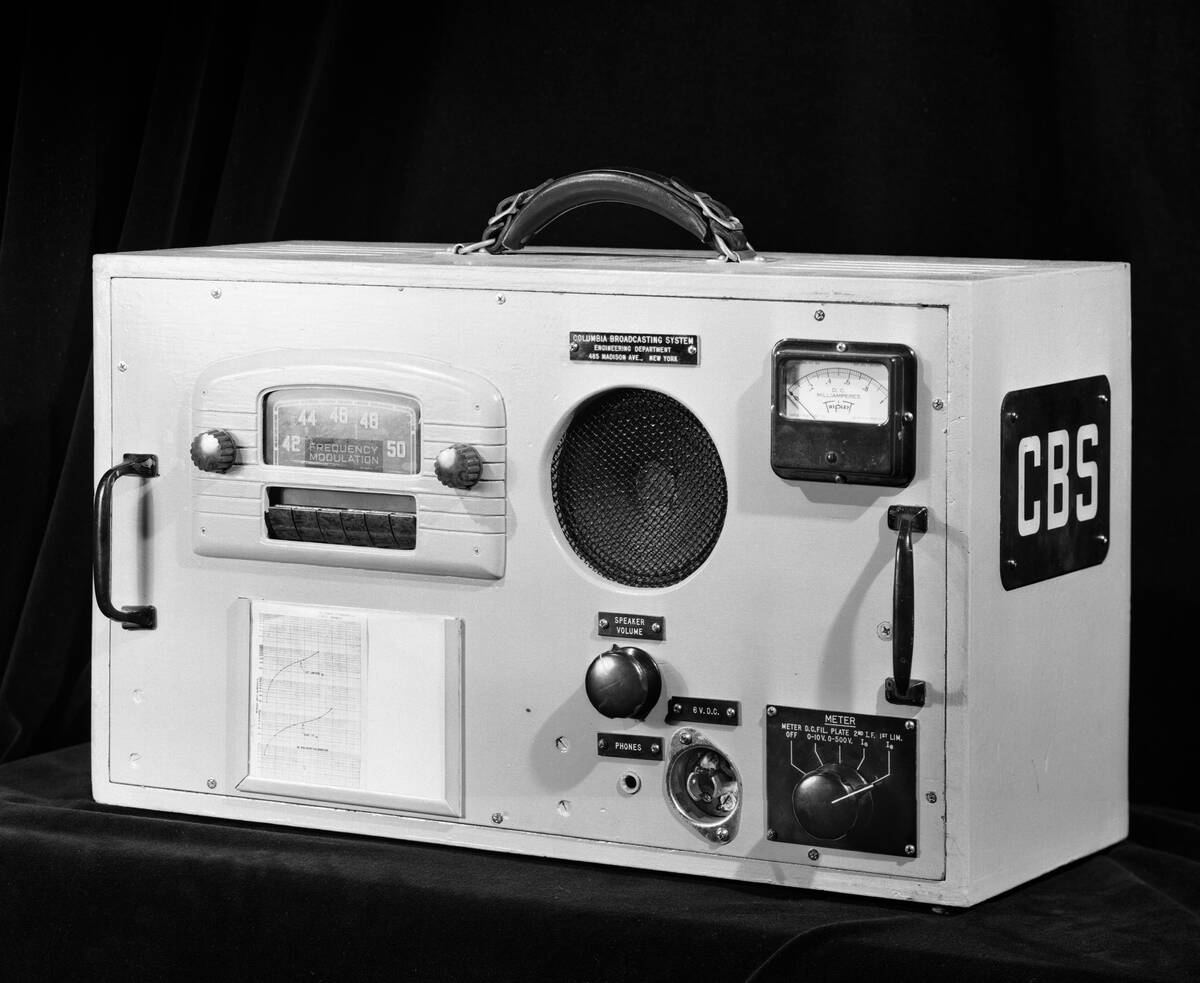
The introduction of FM radio in the late 1930s revolutionized broadcasting with its superior sound quality. Unlike AM, FM offered clearer reception and reduced static, making it ideal for music.
This improvement led to a surge in music programming, with stations specializing in genres like classical, jazz, and rock. FM’s popularity grew in the 1960s, as music became a more central part of radio’s identity, and listeners sought out high-fidelity audio experiences.
Radio and Advertising: Creating the Consumer Culture
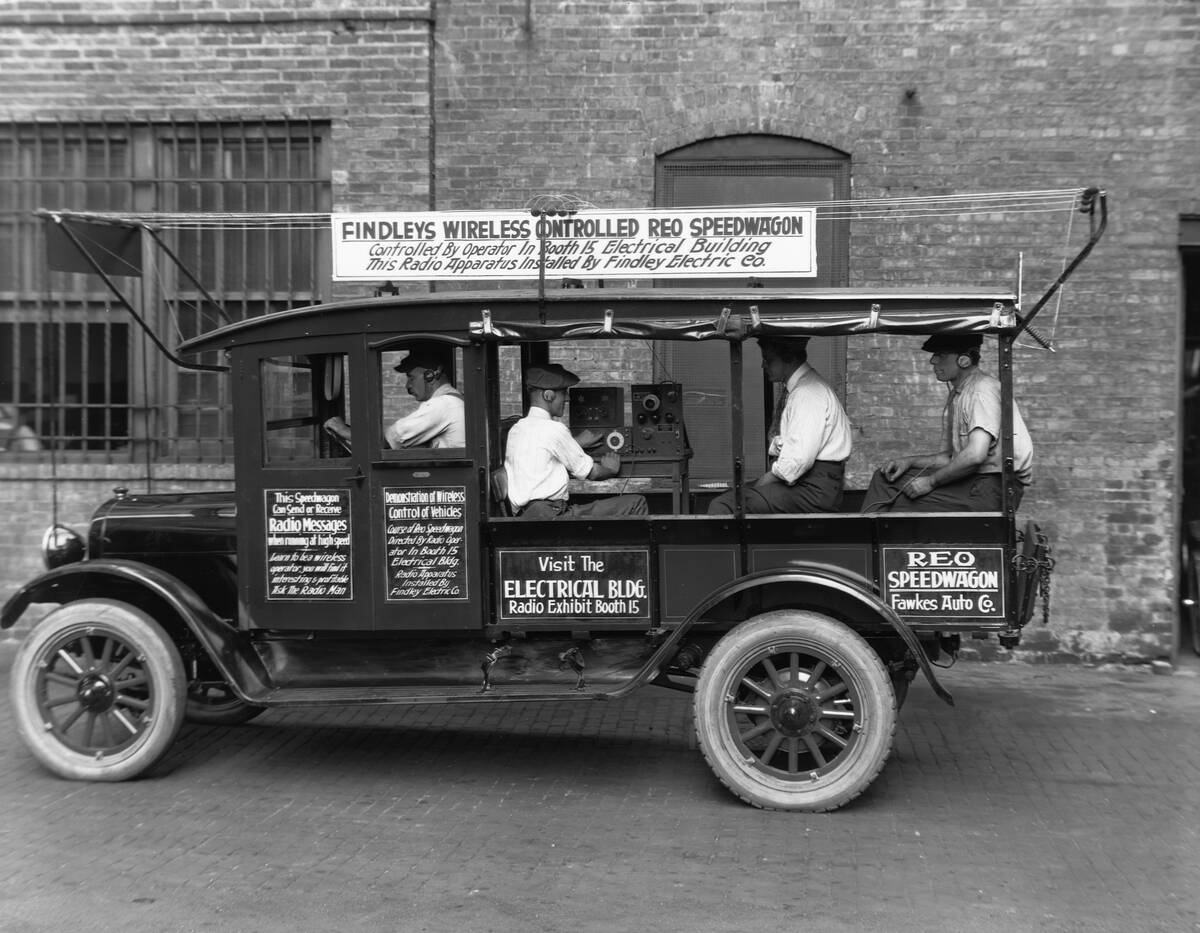
Radio advertising emerged as a powerful marketing tool, shaping consumer culture in the 20th century. Advertisers quickly realized the potential of reaching large audiences through sponsored programs and jingles.
This new advertising medium helped companies build brand recognition and drive sales. Iconic campaigns, like those for soap operas, demonstrated radio’s ability to influence buying habits and reinforce consumer lifestyles, cementing its role in the business world.
The Transition to Television: Radio Adapts and Survives
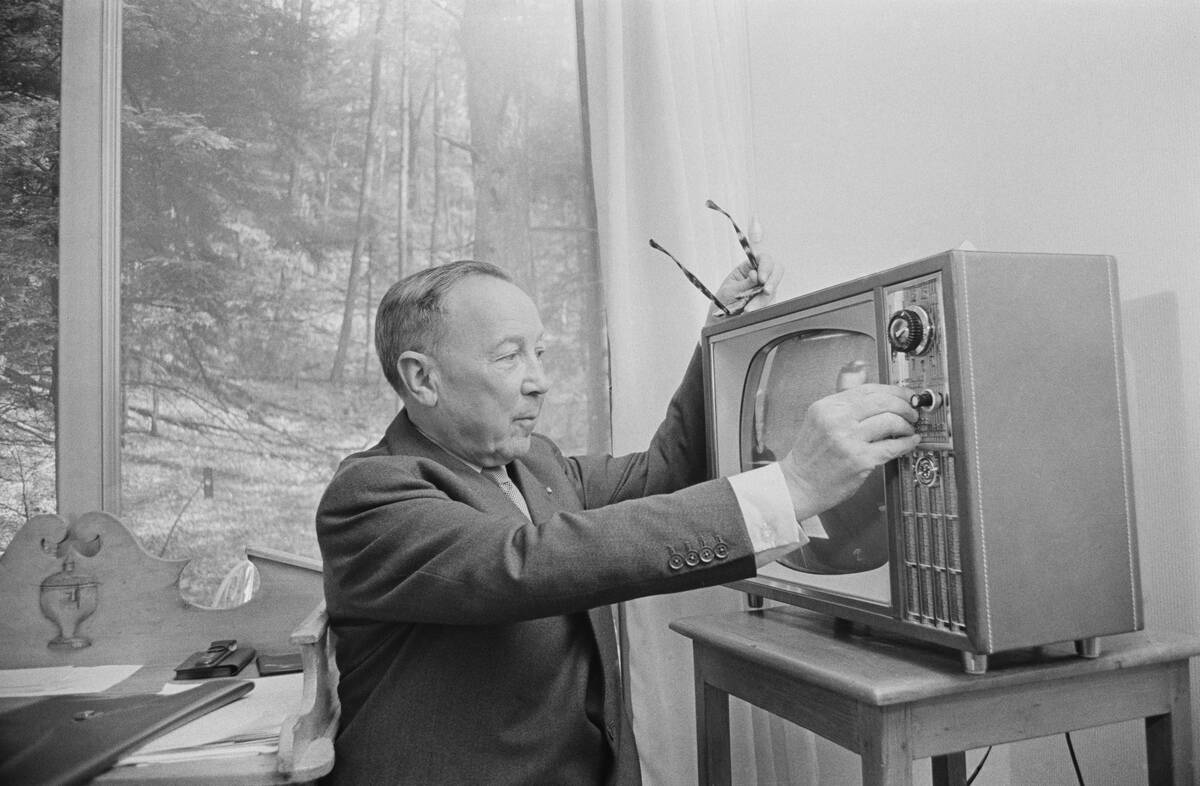
The rise of television in the 1950s posed a significant challenge to radio, as audiences shifted to the new visual medium. However, radio adapted by focusing on music, news, and talk formats that complemented TV’s offerings.
This shift allowed radio to maintain its relevance and avoid obsolescence. Radio’s ability to adapt to changing media landscapes ensured its survival, proving its resilience and enduring appeal even as new technologies emerged.
The Persistence of AM Radio: Talk Shows and Community Voices
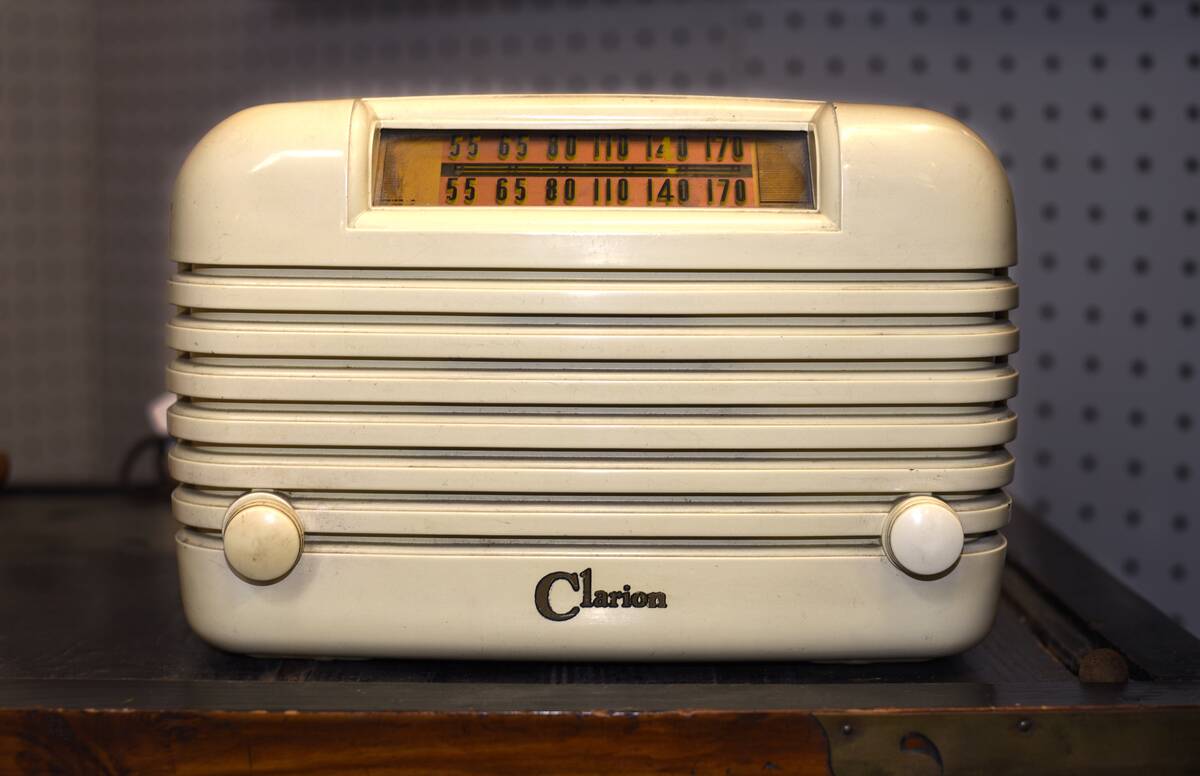
Despite the rise of FM, AM radio has persisted by carving out a niche in talk shows and community programming. AM stations have become hubs for news, sports, and talk radio, offering platforms for diverse opinions and local voices.
From political commentary to call-in shows, AM radio fosters community engagement and provides a space for discussion. Its continued presence highlights the value of diverse content and live interaction in the radio landscape.
Technological Advances: From Transistors to Internet Radio

Technological advances have continually reshaped radio, from the invention of the transistor in the 1950s to the rise of internet radio today. Transistors made radios portable and affordable, expanding their accessibility.
The digital age has further transformed radio, with streaming services and podcasts providing new ways to access content. These innovations have broadened radio’s reach and diversity, allowing it to adapt to changing listener habits while maintaining its core appeal.
Radio in the Digital Age: Podcasts and Streaming Services

In the digital age, radio has evolved with the rise of podcasts and streaming services, offering on-demand content that fits modern lifestyles. Platforms like Spotify and Apple Podcasts have expanded radio’s reach, providing listeners with a vast array of shows and music.
This shift has democratized content creation, allowing independent voices to find audiences. Radio’s adaptability in the digital era demonstrates its resilience and ability to connect with listeners in new and engaging ways.



